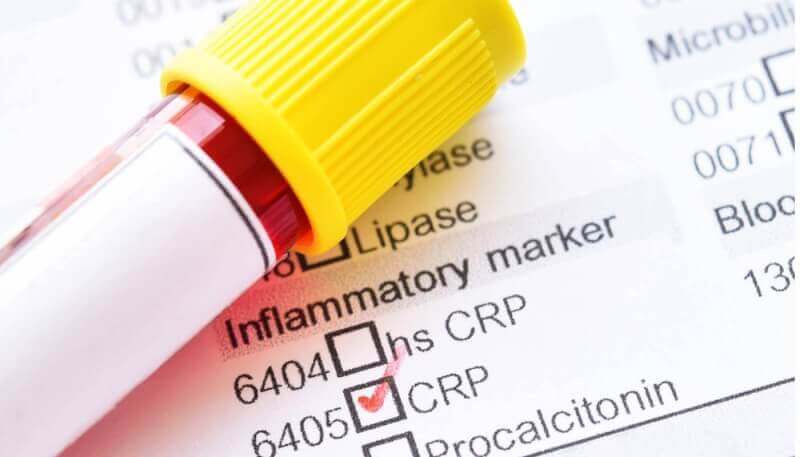The field of medicine concerned with blood diseases is called hematology. The hematology department, which deals with diseases such as cancer and maternal cancer, as well as diseases of organs that play a role in blood formation, is a sub-branch of the internal medicine department. Due to this feature, lymphoid tick organs and bone marrow diseases are also diagnosed and treated in the hematology department. After 6 years of medical school education, hematology specialists complete 4 years of internal medicine education and then complete 3 years of hematology specialty training.
What are the conditions related to hematology?
My department is a department that diagnoses and treats 2 different disease groups: diseases that have the potential to become cancerous and benign diseases that do not carry this risk. Benign diseases also include inherited diseases such as anemia of the Mediterranean mother. In addition, diseases such as predisposition to vascular occlusion or predisposition to bleeding are also among the diseases that concern the hematology department.
What diseases do hematologists deal with?
We have already mentioned that hematology is the study of diseases of the blood and the organs involved in blood production. Among the most common causes of disease in hematology are the following.
Thalassemia
Thalassemia, also called Mediterranean anemia, is one of the inherited diseases. Among the 4 different types of Thalassemia, there are Thalassemia intermedia Thalassemia, Thalassemia minima, Thalassemia major and Thalassemia minor. The most severe form of thalassemia, which is one of the diseases requiring lifelong treatment, is Thalassemia major. Because of its severe course, patients with thalassemia major can be diagnosed even in infancy. Characteristic symptoms of thalassemia include weakness, restlessness, loss of appetite and cold skin. Blood transfusions are necessary for treatment.
Anemia
Anemia is also called anemia, which is seen due to oxygen transport deficiencies in blood cells due to the decrease in hemoglobin in the cells. Although there are many different causes of anemia, the most common cause is iron deficiency. The characteristic symptoms of anemia, which is caused by not getting enough iron, especially due to lack of food, include pale skin color, rapid fatigue and weakness.
Leukemia
Leukemia is one of the most common malignant diseases that the hematology department deals with. Leukemia, also called blood cancer, is caused by the uncontrolled proliferation of lymphoid and myeloid cells. These uncontrollably proliferating cells cannot fulfill their functions in the body and the immune system begins to deteriorate. In addition, the production of platelets and erythrocytes in the bone marrow is inhibited. This leads to a variety of symptoms in patients. Leukemia is divided into acute lymphoblastic leukemia, acute myeloid leukemia, chronic lymphocytic leukemia and chronic biological leukemia.
Although the cause of leukemia is not known exactly, both genetic and environmental factors are thought to play a role. In the case of leukemia in adult patients, smoking, alcohol use and infection have been shown to contribute to the increased risk. Characteristic symptoms of leukemia include chills, shivering, anemia, unexplained bleeding and bruising.
Lymphoma
The type of cancer seen in the lymph system, which is one of these important parts of the immune system, is called lymphoma. The lymph nodes, which play a defense role to eliminate infections in the body, should swell and grow during the healing process and the glands should return to their normal size after the infection is eliminated. However, in the case of lymphoma, lymphocytes develop abnormally due to their degeneration. Lymph cancer is divided into two types: hodging and non-hodging. Characteristic symptoms of lymphoma include swollen lymph nodes, breathing problems, fever, fatigue, itching, abdominal pain and coughing.
Hemophilia
Hemophilia, which is one of the genetic diseases, is one of the diseases of hematology. In cases of hemophilia, which is a disease caused by a lack of blood clotting, the blood clots over a much longer period of time when patients are injured. These injuries are not only those that occur on the outside of the body but also those that occur on the inside of the body. Hemophilia patients have serious problems because their blood does not clot.
Lymphadenopathy
Another disease of the lymph nodes is lymphadenopathy. Lymphadenopathy is a disease characterized by swelling of the lymph nodes that occurs as a result of parasites, fungal infections, viral infections and bacterial diseases. Although swelling of the lymph nodes is not serious, the pain and redness it brings with it is considered a sign of infection. If the swelling of the lymph nodes is not of autoimmune origin, it can be easily treated with hot compresses and medication.
Multiple myeloma
Normally, when an infection enters the body, b-lymphocytes turn into plasma cells and produce antibodies specific to the infection. These antibodies then fight the virus and bacteria and eliminate the infection. However, in multiple myeloma patients, these plasmas behave abnormally and produce proteins when they should be producing antibodies. These proteins fight the disease but damage the kidneys by causing the blood to thicken. Multiple myeloma patients have symptoms such as bone fractures in the spine, rib pain, back pain and frequent illnesses. Multiple myeloma patients, who can usually be diagnosed as a result of physical examination, also show an increase in protein values as a result of blood tests. Chemotherapy is used in the treatment of multiple myeloma and steroids can also be used.
Other diseases
Apart from the above-mentioned diseases, the patient health that the hematology department is interested in includes the following.
- Bone marrow diseases
- Thrombotic diseases
- Erythrocyte diseases
- Bleeding disorders
- Leukocyte diseases
- Primary amyloidosis
- Immune-related diseases
- Myelodysplastic syndromes
- Sickle cell disease
- Immune thrombocytopenic purpura
- Overproduction of red blood cells
- Blood transfusion
- Von Willebrand disease
- Bone marrow stem cell transplantation
- Polycythemia
In which cases should you consult a hematology department?
The hematology department is generally consulted for diseases related to blood, blood-forming organs and the immune system. Patients are advised to consult a hematology department if one or more of the following symptoms are observed.
- Quick fatigue during physical exertion
- Sudden painful edema of the entire leg or below the knee
- General weakness and fatigue
- Presence of glands in the armpits, neck or groin
- Frequent infections
- Unstable fire
- Even with mild trauma
- Prolonged bleeding
- Coagulation problems






